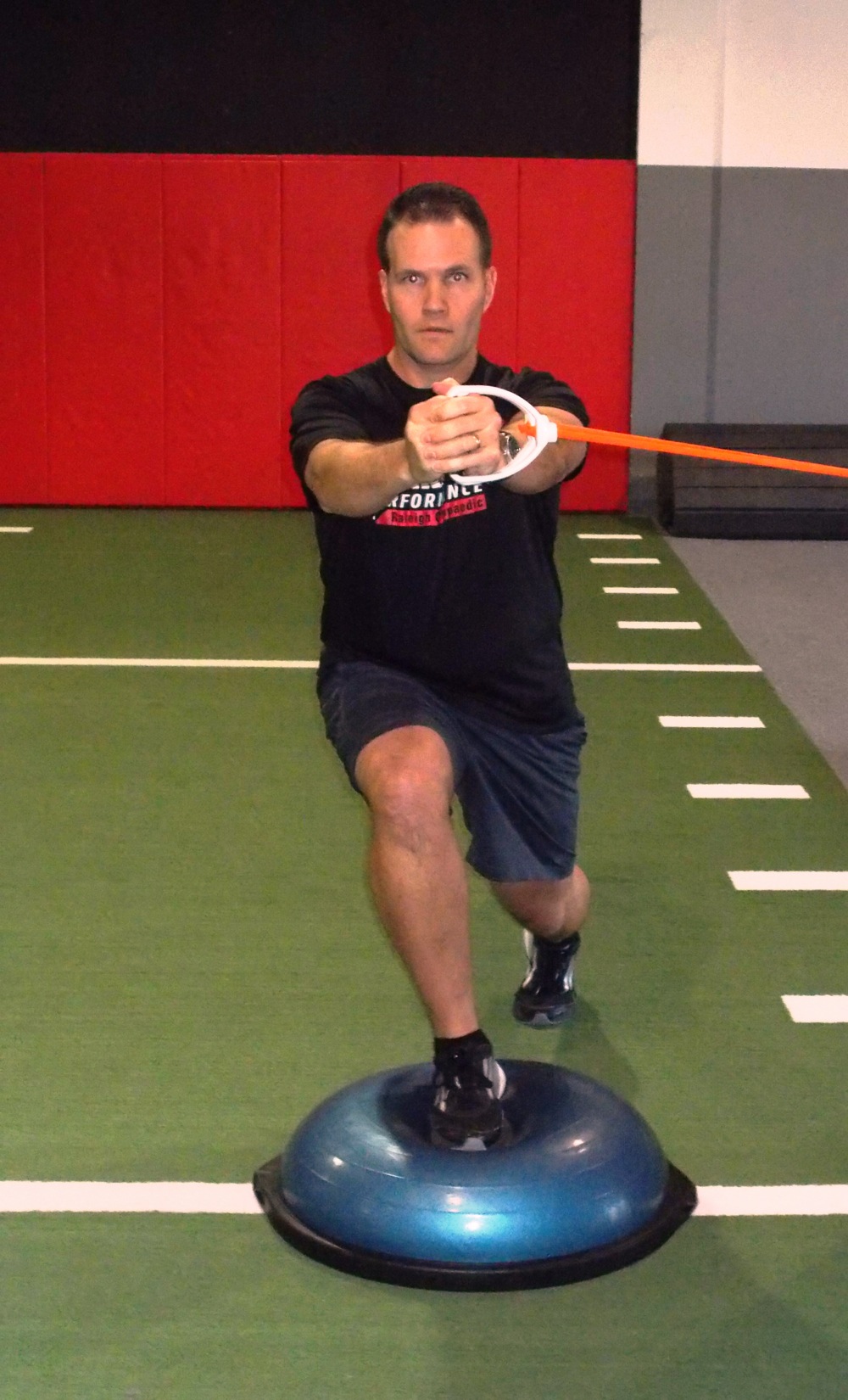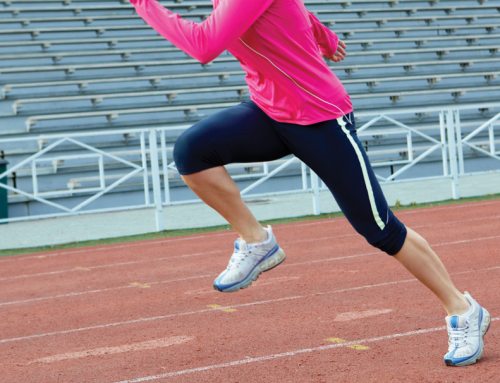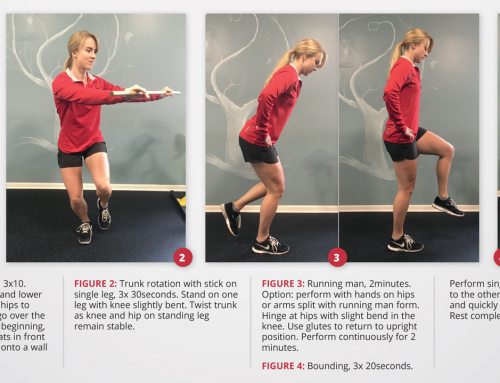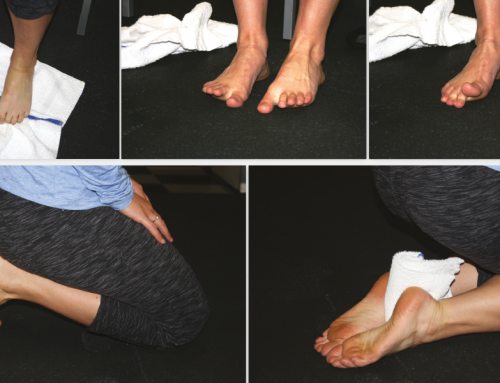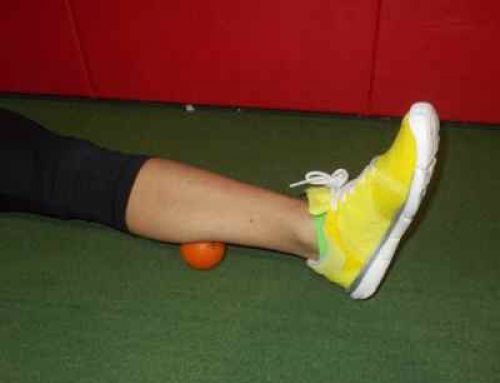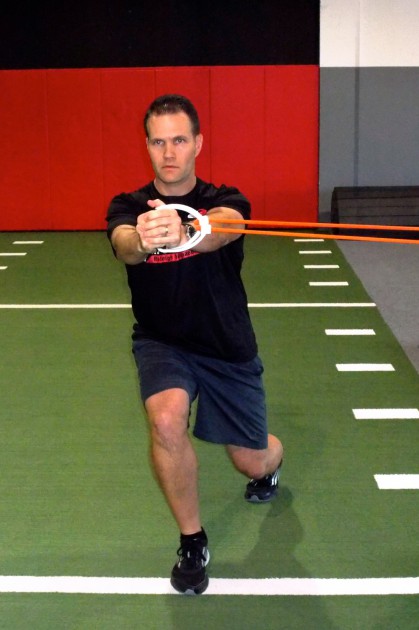

By Brian Schiff
A problem many runners face is diminished strength in the hips and core, which can predispose them to knee pain as the miles add up. Current research suggests that strengthening both the hips and quadriceps is more effective than pure knee or hip strengthening alone.
Functional strength training for running involves more than just stepping into the gym and using a few of the leg machines or stepping under the squat rack. Specifically, I prefer to start the runners I work with on a simple yet challenging exercise called split squats.
Invariably, I witness a similar deficiency in many clients manifested as too much forward or lateral trunk lean and excessive hip adduction/internal rotation (knee collapses inward) during split squats. I see this with the in-line lunge on the FMS as well.
Initially, I focus on isometric split squats on the floor to address this and then progress to resisted split squats with tubing. Introducing tubing forces the body to resist trunk rotation and side bending, as well as more effectively target the gluteus medius and hip external rotator muscles with proper placement of the lead leg.
The degree of knee bend can be easily modified based on strength, endurance and available pain-free range of motion. Increased strength is achieved through more time under tension (longer hold times). In the absence of active up and down movement, stress is negated or significantly reduced using the stationary format.
Execution: Affix elastic tubing with handles around a stationary object. Grab the handle(s) of the free end of the tubing and move far enough away to generate moderate resistance. Next, position the lead leg (the leg farthest away from the anchor point) and assume a split squat position. Then, extend the arms straight away from the body and hold the handle at shoulder height against the resistance, while keeping the entire body still.
Hold for 30 seconds, maintaining good alignment throughout the entire body, as the trunk may tend to sway or the hips and knees may not stay in the sagittal plane. Now, rotate 180 degrees and switch lead legs so you can complete the same sequence with the line of pull coming from the other side. Perform two to three sets on each side.
Progressions: Increase the depth of the split squat and step farther away from the tubing anchor point to increase trunk resistance and difficulty. Beyond that, consider elevating the rear foot on a small step or even placing the front or trail leg on a BOSU balance trainer or other unstable surface. Keep in mind that progressions should be considered only when mastery on flat ground is achieved.
Training the core and hips in a split squat stance is a very functional way to assess and improve a client’s ability to maintain proper body alignment for running. Keep in mind, tight hip flexors and poor motor control may contribute to excessive forward trunk lean, while trunk weakness will contribute to excessive rotation and reduced running efficiency. So, to maximize running form and reduce knee injuries, include this split squat exercise in your regular training routine.
# # #
Brian Schiff, PT, OCS, CSCS is a sports physical therapist and supervisor at the Raleigh location of Athletes’ Performance at Raleigh Orthopaedic. The Raleigh and Cary Athletes’ Performance locations currently offer free injury screens for runners, cyclists and triathletes. For more information, visit www.apcraleigh.com or www.apccary.com.


